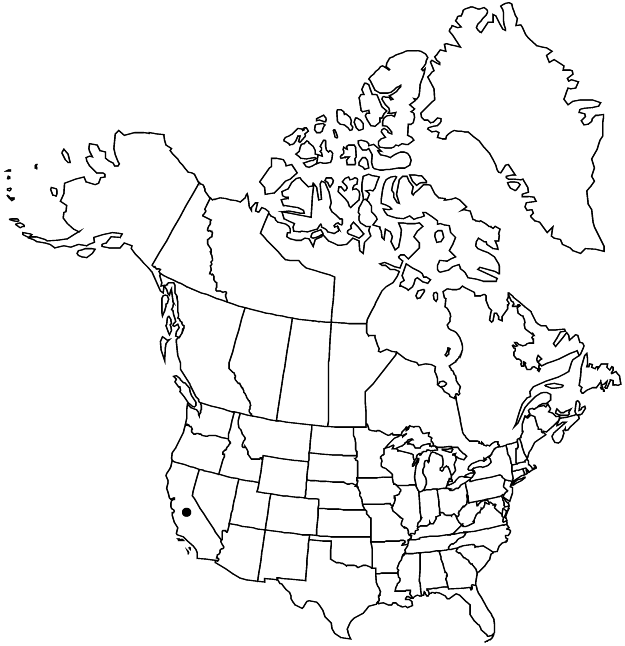Eriogonum ordii
Proc. Amer. Acad. Arts 21: 468. 1886.
Herbs, erect, annual, (0.5–) 1–7 dm, glabrous and sparsely floccose, greenish. Stems: caudex absent; aerial flowering-stems erect, solid, not fistulose, (0.3–) 0.7–3 dm, thinly floccose or glabrous, floccose proximally. Leaves basal, occasionally cauline; basal: petiole 2–6 (–10) cm, floccose, blade oblong-oblanceolate to obovate, (1.5–) 2–8 × (0.8–) 1–3 cm, thinly floccose or glabrous and green on both surfaces, margins entire; cauline: petiole 0.5–3 cm, thinly floccose, blade elliptic to obovate, 0.7–3 × 0.2–2 cm, similar to basal blade. Inflorescences paniculate, open to diffuse, (5–) 10–50 × 5–50 cm; branches not fistulose, glabrous except for floccose nodes and proximal branches; bracts 3, scalelike, 0.5–3 × 0.3–1 mm. Peduncles erect, straight, capillary, 0.5–2 cm, glabrous or thinly floccose. Involucres narrowly turbinate to turbinate, 1–1.5 (–1.8) × 0.6–1.2 mm, glabrous; teeth 4, erect, 0.2–0.5 mm. Flowers 1–2.5 (–3) mm; perianth white with greenish or reddish midribs to pale-yellow with greenish midribs, becoming pink to reddish, densely short-villous; tepals monomorphic, oblong to narrowly ovate; stamens exserted, 1–1.5 mm; filaments glabrous. Achenes dark-brown to black, 3-gonous, 1.8–2 mm, glabrous.
Phenology: Flowering Mar–Jul.
Habitat: Gravelly to clayey flats and slopes, mixed grassland communities, oak and conifer woodlands
Elevation: 200-1400 m
Discussion
Eriogonum ordii is infrequently encountered (rarely locally common) along the inner Coast Ranges from Monterey and San Benito counties south through Fresno, Merced, and San Luis Obispo counties to Ventura County, then eastward across northern Los Angeles County to the hills east of Bakersfield in Kern County. This distribution is based on confirmed modern collections. The type (J. G. Lemmon 4189, ASU, BM, DS, G, GH, ISC, K, P, UC, US) supposedly was collected near Fort Mohave, Mohave County, Arizona, in 1884. Two T. Brandegee specimens reportedly were gathered on the boundary of San Diego and Imperial counties, one at Split Mountain (Apr 1905, UC) and the second along San Felipe Creek (4 Apr 1901, UC). Brandegee’s label data often are dubious, and these disjunct sites are discounted.
Selected References
None.
Lower Taxa
"dm" is not declared as a valid unit of measurement for this property."dm" is not declared as a valid unit of measurement for this property."dm" is not declared as a valid unit of measurement for this property.
